Glasgow Tourism Information
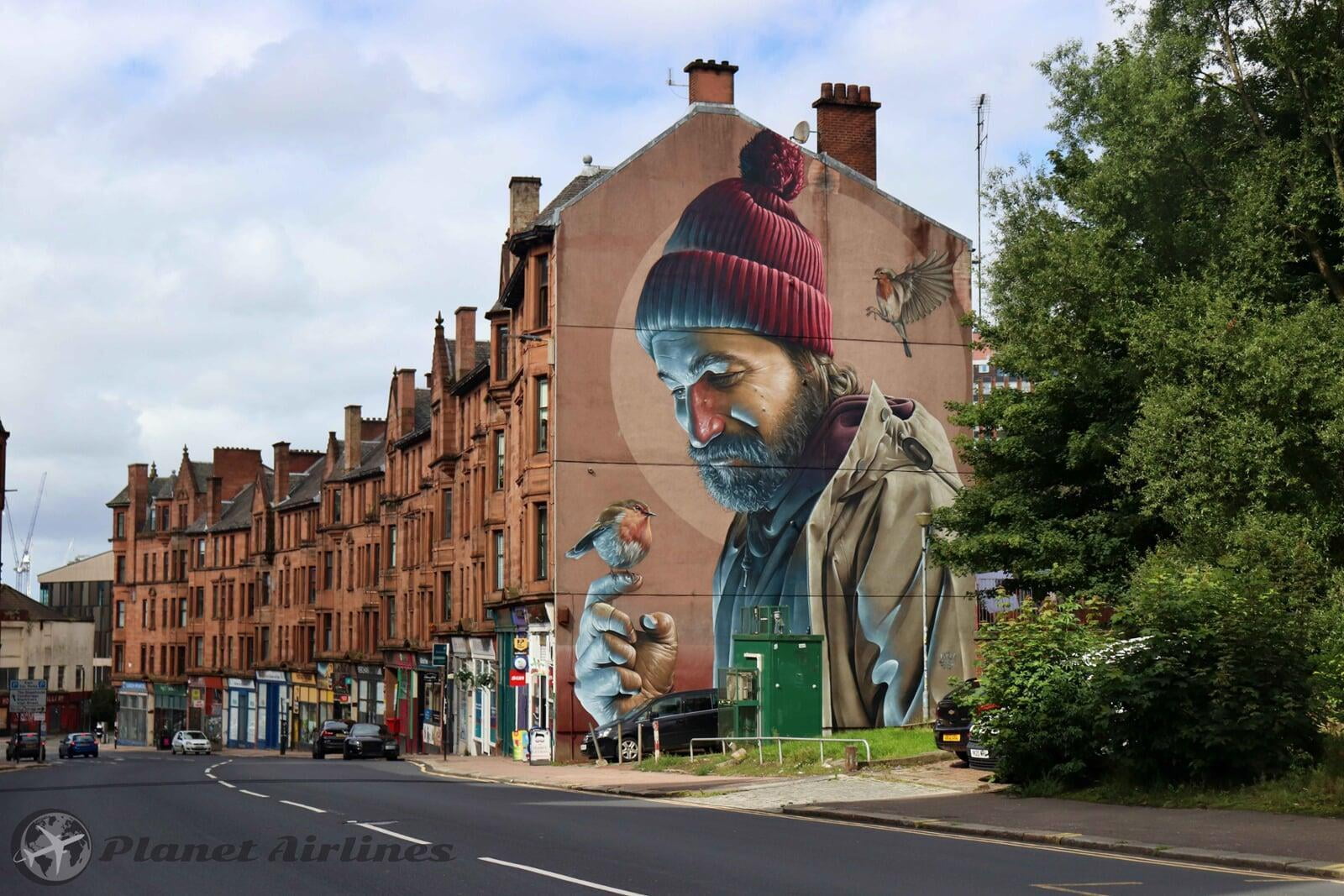
Glasgow is the UK's fourth largest city, and has seen a much needed upgrade in the last few decades, from a rather economically depressed industrial centre to an interesting modern metropolis with a arts and culture scene.
In the past, Glasgow depended on shipbuilding and engineering for its wealth, but the city fell into decline in the mid-20th century with massive poverty and unemployment. Prosperity returned in the 21st century thanks to the increase of technology and making it a hub for the arts and culture scene. Glasgow is now well known for its Scottish film, theatre, writing, music and design.
The city has more than 20 galleries and museums to complement the architectural heritage. The youthful, progressive atmosphere of the reborn Glasgow is encouraged by its large student population, which is obviously seen by its many universities and several colleges.
Tourists can find plenty to see and do in Glasgow, and can also use it as a base to explore the surrounding countryside, boasting some of Scotland's most scenic mountains, glens, lochs and coastline.
Like the rest of Scotland, the weather in Glasgow is quite unpredictable, specially during the Summer. It is always several degrees colder than the rest of England.
Winters (December to February) are long and wet, with very cold winds and some snow, and average temperatures ranging from 2°C to 7°C with little sun. Sunlight is also less during the Winter with an average of 7 hours of daylight in Winter.
However, when spring arrives (between March and June) the mild temperatures and colourful flowers in parks and gardens make the city a cheerful place to be.
In summer (June to September) most days start off mild but warm up to sunny days at times, with an average high of 22°C in the height of summer.
Taking light jackets is advised during the Summer and always some waterproof gear and an umbrella. The best time to visit is during the Summer too, from June to August, but if you prefer to miss the crowds, then May and September are good months as well.
If you are arriving to Glasgow by plane, the best way is to take local bus 77, to the city centre. It only costs £3.50 for a single ticket. If you prefer a faster service (15 min) and a more luxury bus, then you can take the express bus, Number 500, which runs a frequent timetable and costs £8.50 for a single ride (Purchased online via the APP).
Once in the city, Glasgow's centre is compact and easily explored on foot, but public transport will be needed to reach some of the major attractions. The integrated transport network includes a reliable but bus system with connections to the underground and train network. Some routes operate limited services throughout the night.
The simple underground system, also known as the Clockwork Orange, has two circular routes that are easy to understand; this is the best way to get between the city centre and the West End. Tickets cost £1.70 for a single ride or £4.60 for a day ticket when bought over the APP. More info at SPT.co.uk
Below you can find the maps ready to download for the public transport in Glasgow. You can also find more information regarding the transport at: First Greater Glasgow
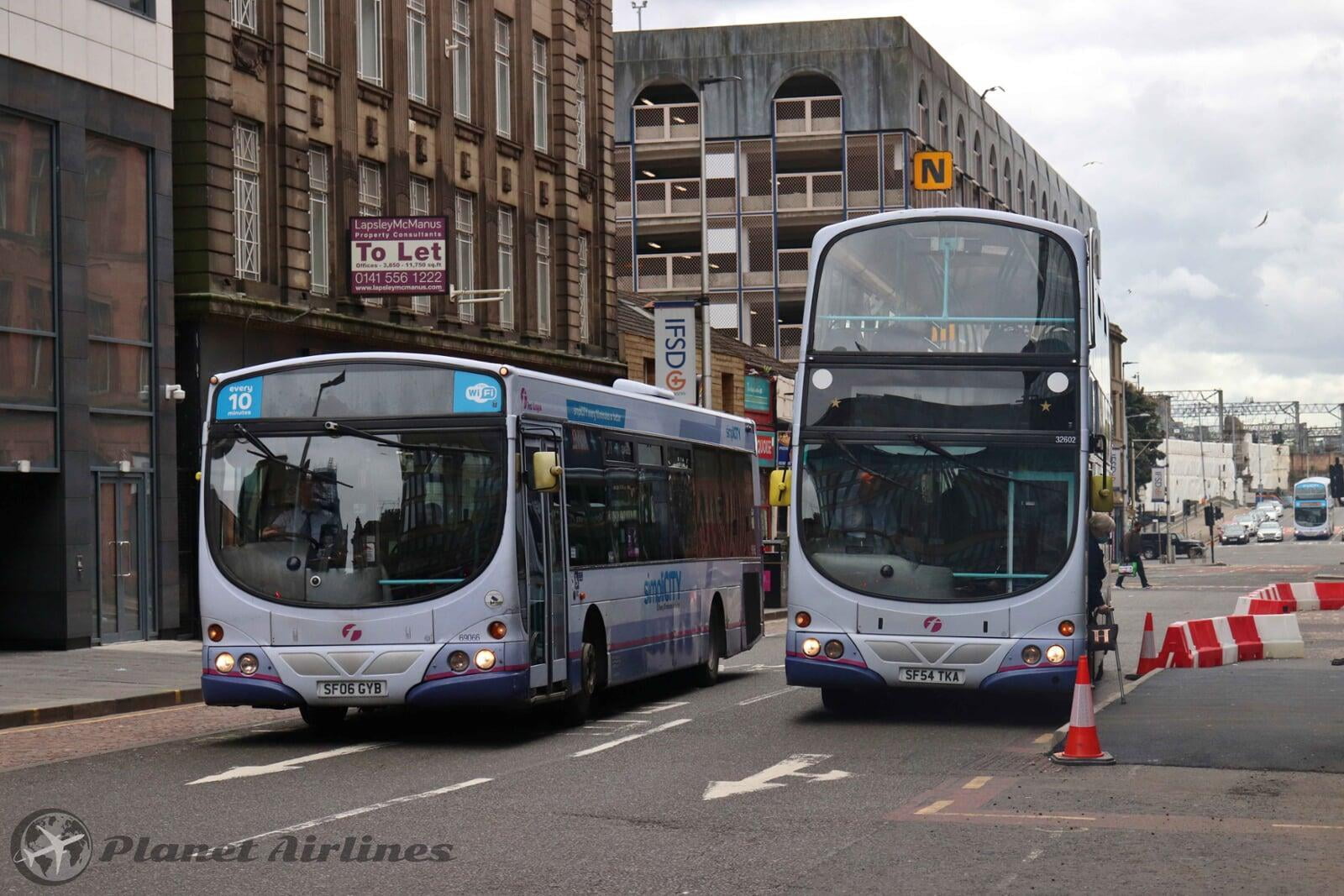


Now that Glasgow has anew air to it, with lovely parks, an abundance of museums and galleries, excellent shopping, and a lively music scene, your trip won't be short of entertainment. Music enthusiasts, football fans and party animals will be as happy in the city as well as those wanting tranquility and culture.
There is a wealth of galleries and museums in Glasgow, with the best of them including the Burrell Collection, housed in the lovely Burrell Park, and the Gallery of Modern Art (GoMA), which challenges visitors with its impressive variety. The fascinating Hunterian Museum, Scotland's oldest public museum are undoubtedly worth a visit.
The Glasgow Science Centre is another great favourite with tourists, as is the beautiful, 12th-century Glasgow Cathedral.
Sightseeing in Glasgow is a joy, particularly as so many of the museums and galleries have free entrance.
For more in depth information see below, for the highlights of the city:
- Glasgow Cathedral: The history of the city of Glasgow is intimately linked to that of the Glasgow Cathedral, as it was the city's patron saint, St Mungo, who oversaw its original construction. The cathedral's age (over 800 years old) is all the more remarkable considering how many of Scotland's churches were destroyed during the Reformation. The impressive medieval building, which dates back to the late 12th century, is one of the best examples of Scottish Gothic architecture you'll find anywhere in the country. A highly recommended activity for tourists in Glasgow, take time to explore the Cathedral's quiet, serene and splendid interior.
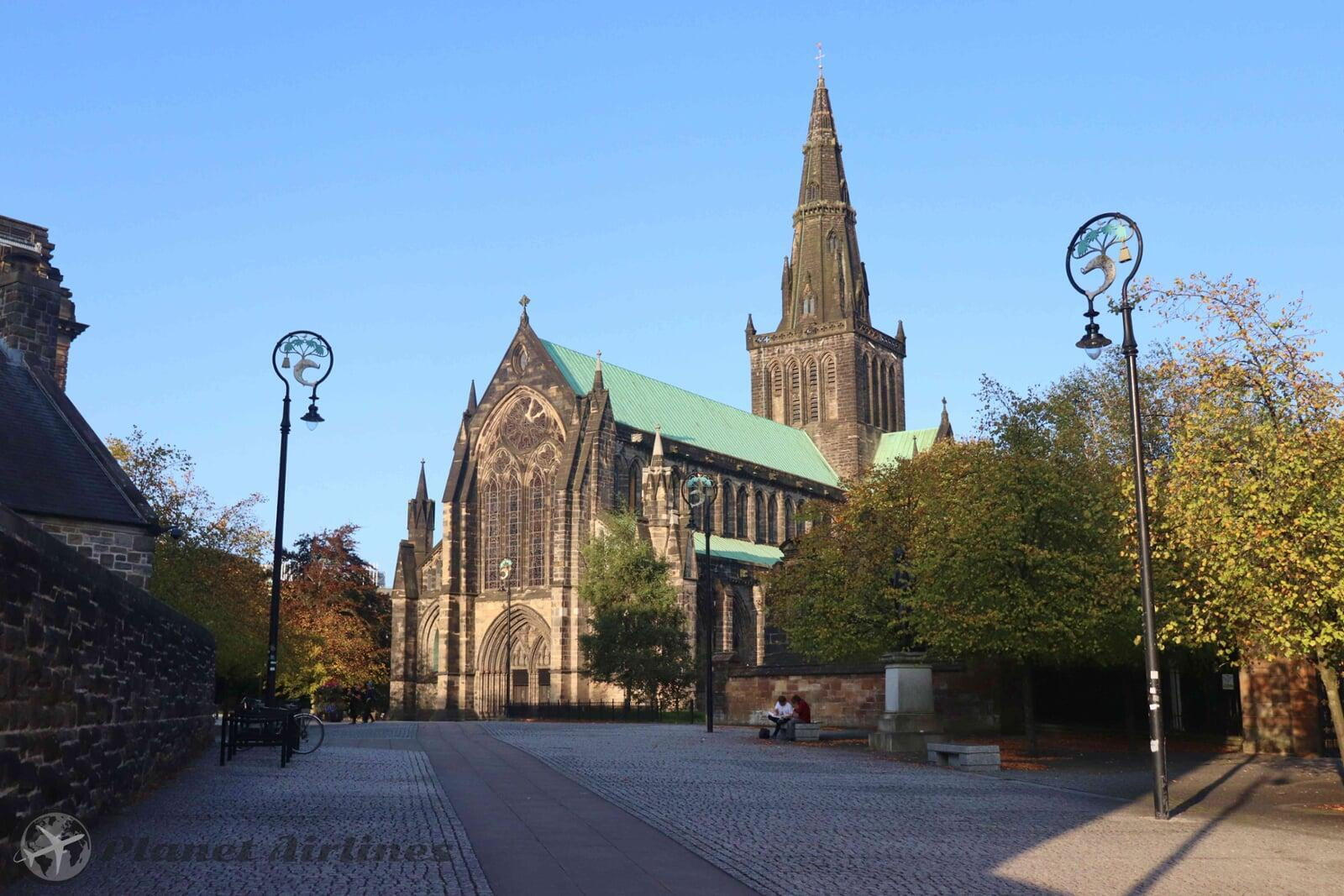
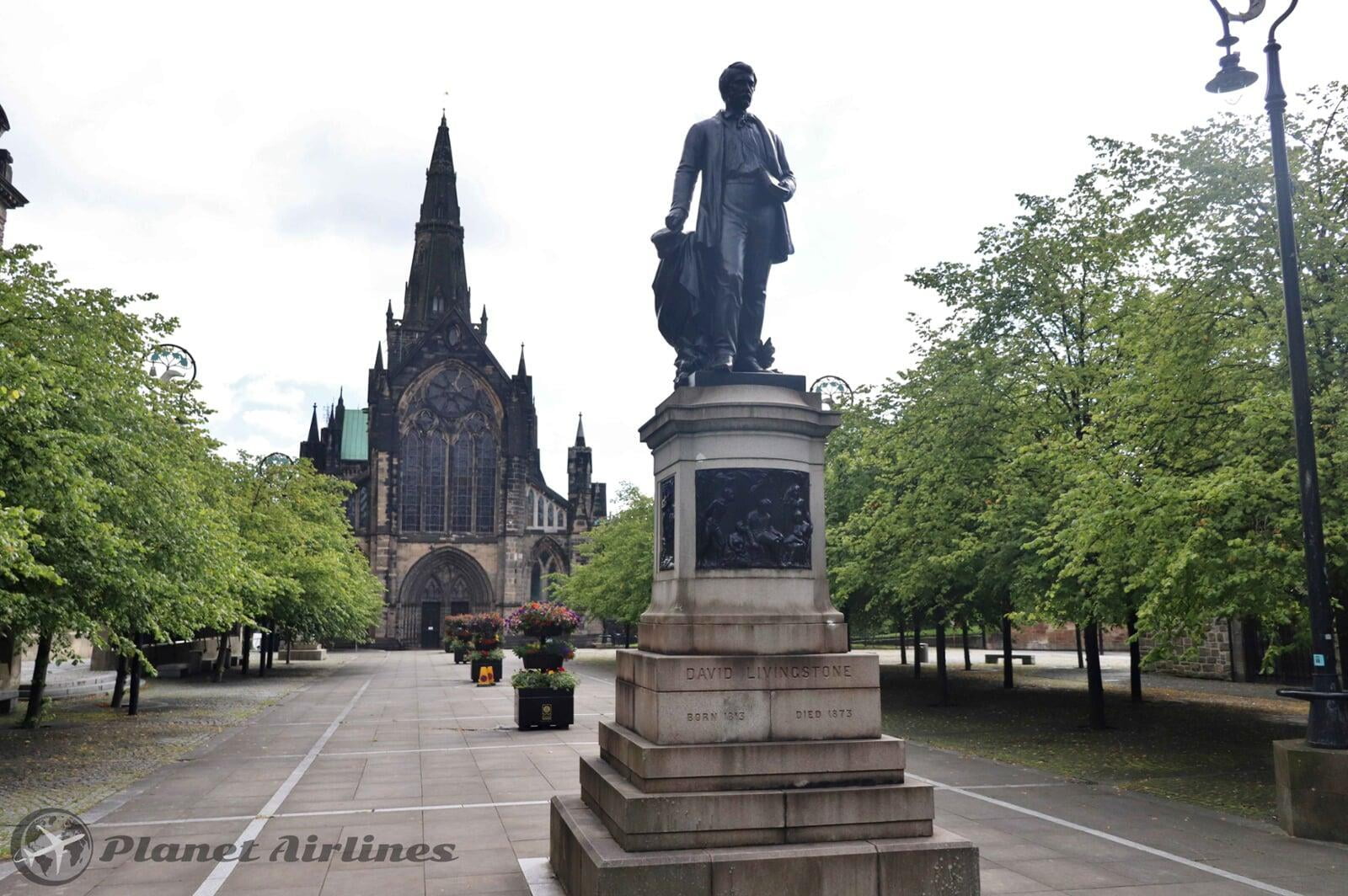
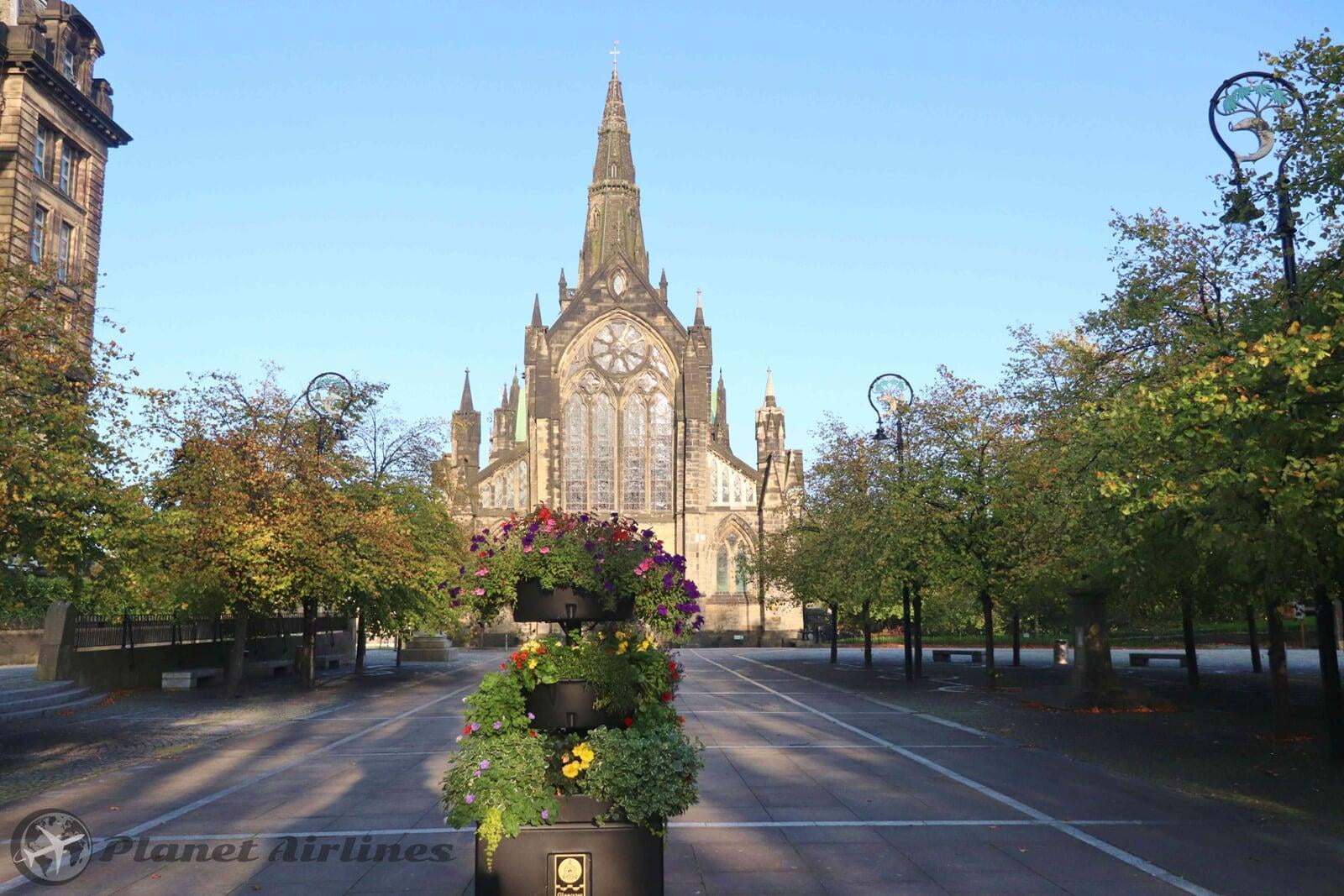
- Glasgow Street Art, Graffiti and Murals: Although perhaps not as commonplace as the graffiti art of London, Melbourne or New York, Glasgow has a number of official (and unofficial) pieces dotted around the city that have their own tales to tell. These impressive creations decorate blank end walls and vacant buildings and help to transform otherwise less attractive corners of the city into striking public art works. To discover them you need to do some walking (or a lot) within the city centre or some which are also more far out; the artworks give great focus to an exploration of the city on foot. These works are are created, recreated and lost as buildings move into and out of use; some of the murals may change or be removed in the future.
There are companies which offer tours and itineraries to see these artworks. Check Walkhighlands.co.uk for more info. Don't forget to check out "John Cooper Photography". 📍

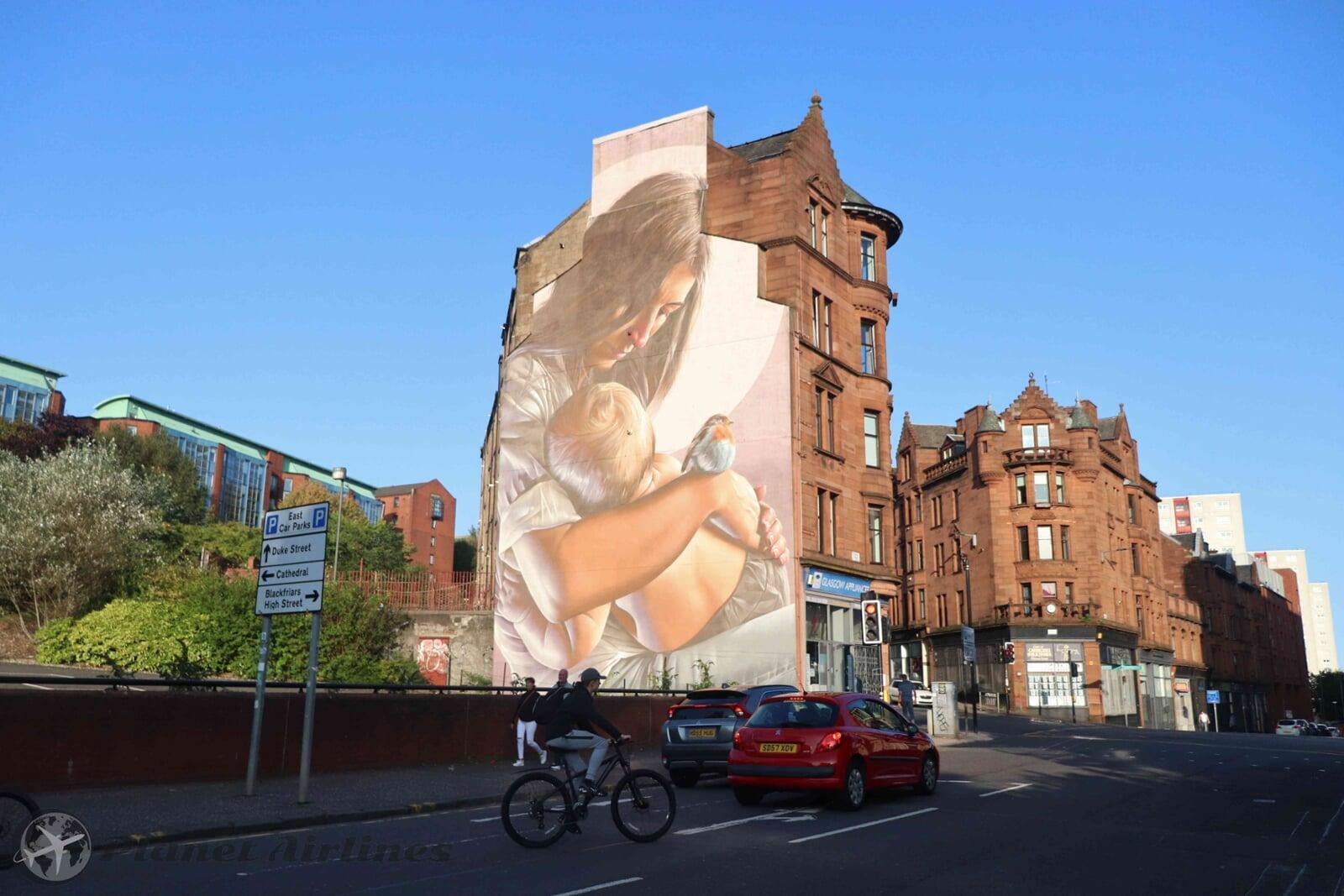


- City Centre highlights: Walking around the city you will find it easy to reach to many of its points of interest on foot.The City Hall, is one of the main attractions, the Italian-style City Hall hosts many events throughout the year and has become an important entertainment venue in the Merchant City area. Highlights include the Old Fruitmarket, musical events, concerts, exhibitions and stylish meeting rooms. Glasgow City Hall is close to the St. Enoch train station, while other nearby places of interest include the Ramshorn Theatre, the Scottish Youth Theatre. Glasgow City Chambers and the Patrick Thomas Court, which functions as a hall of residence for the university.


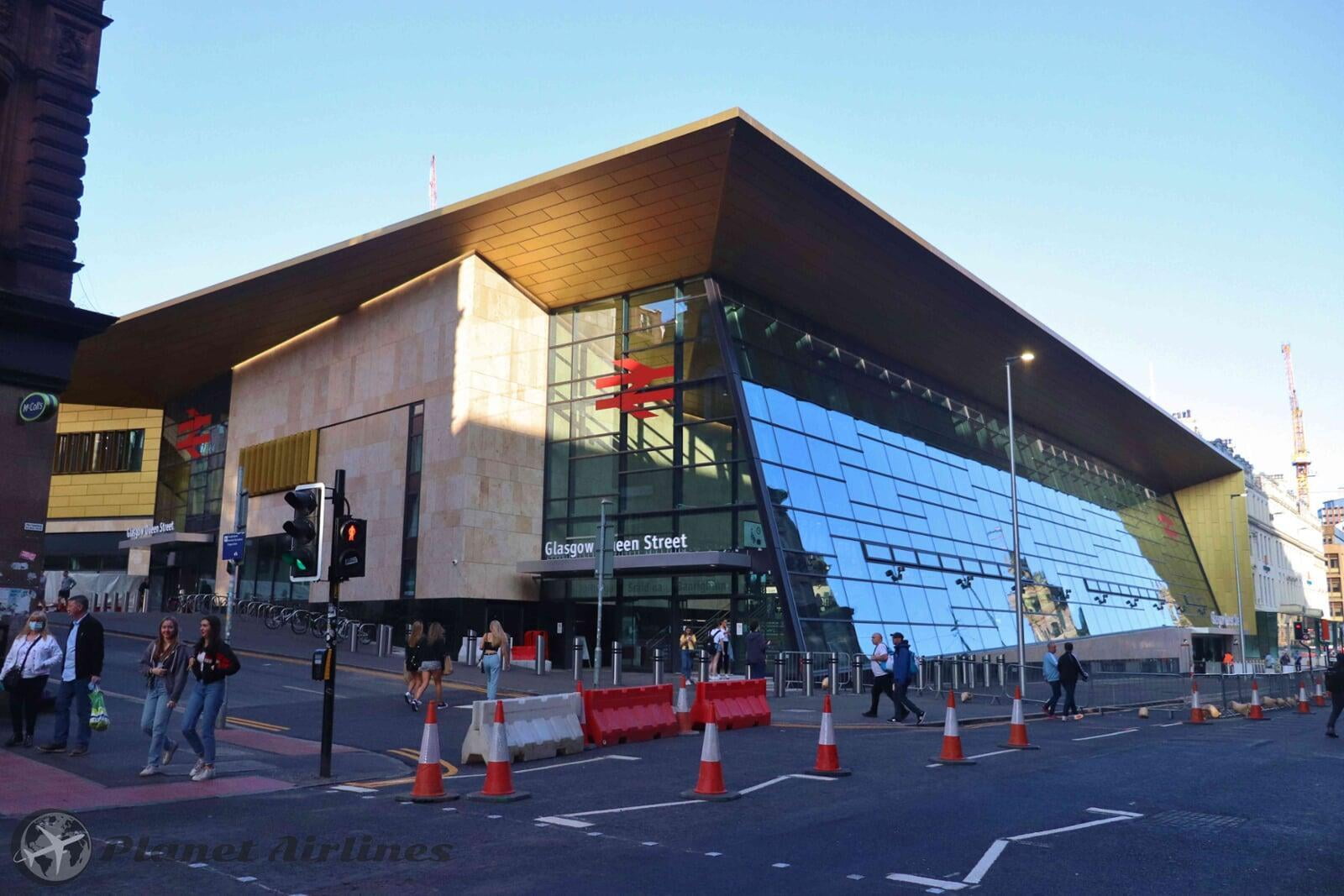
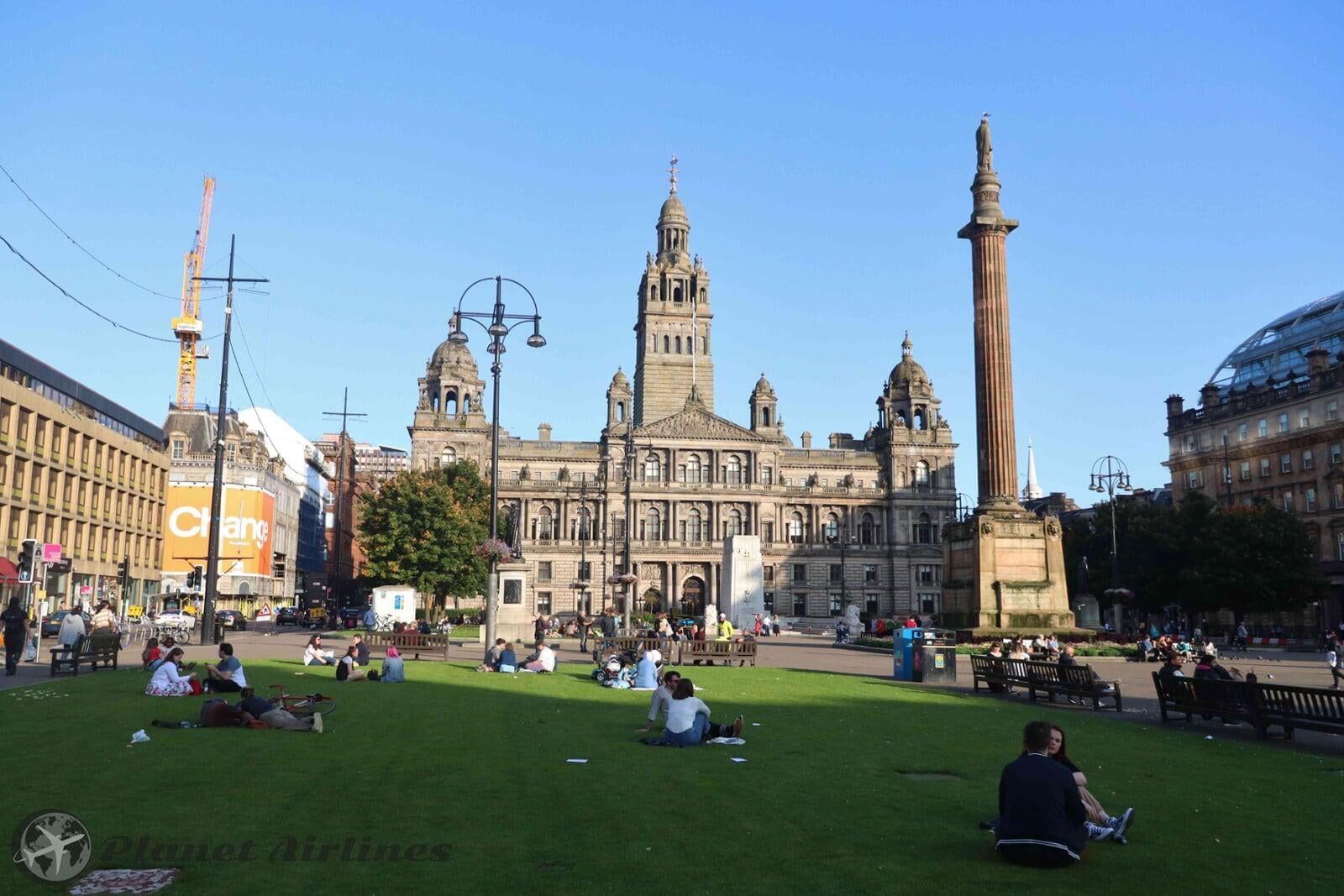
- Kelvingrove Art Gallery and Museum: is one of Scotland's most popular free attractions and features 22 themed, state-of-the-art galleries displaying an astonishing 8000 objects. They include natural history, arms and armour, art from many art movements and periods of history and much more.
The most famous painting on display at Kelvingrove is the Salvador Dali masterpiece ‘Christ of St John of the Cross’. Sir Roger the Asian elephant is another big museum attraction. There is even a Spitfire plane hanging from the ceiling of the west court. Get there by taking bus 6/6A.



- Pollok Country Park and The Burrell Collection: Glasgow's top cultural attraction was donated by the shipping magnate Sir William Burrell in 1944. Over his lifetime, Burrell amassed more than 8,000 works of art. The collection includes hundreds of sculptures, drawings and paintings from the 15th century to the present. Within walking distance of The Burrell is Pollok House, which contains a fine collection of Spanish paintings including works by Goya, Murillo and El Greco.
The park in which the buildings stay, is also a nice place to get away from the city and enjoy long walks, cycling or outdoor activities for all the family.
To get there take bus 57/57A from the city centre.

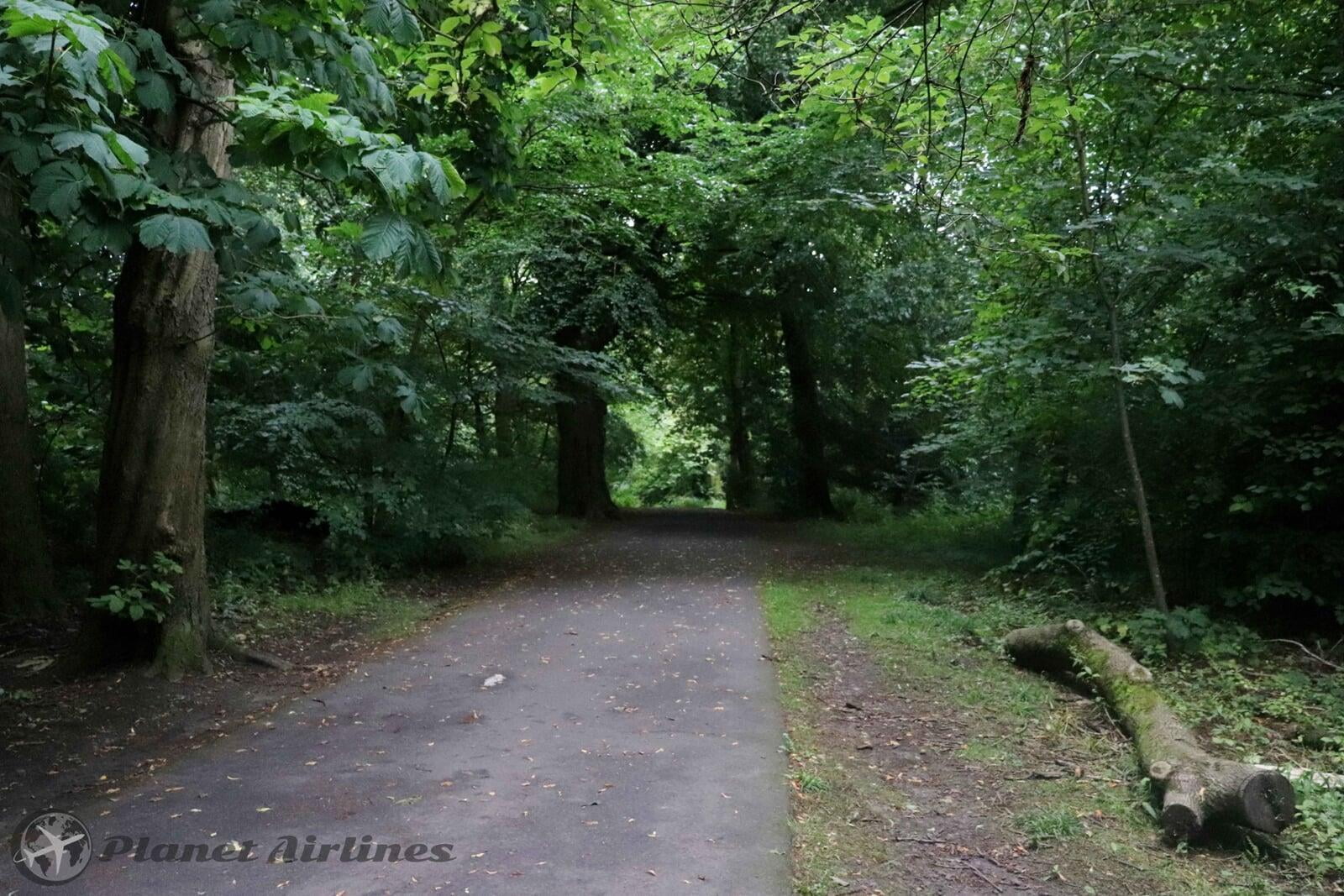
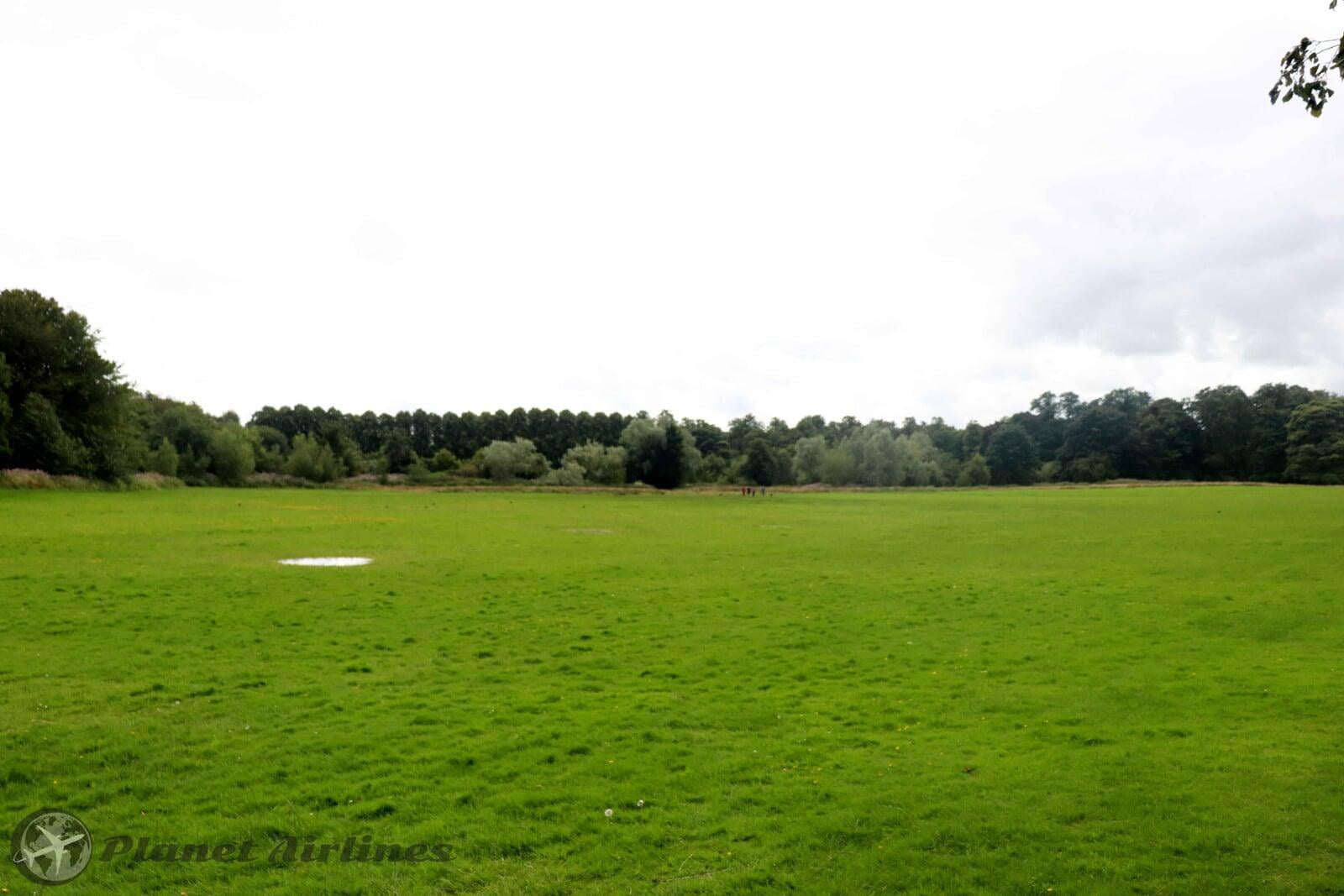
- Gallery of Modern Art: Located in a former Grecian-style mansion near George Square and Buchanan Street, the Gallery of Modern Art (GoMA) displays Glasgow's extraordinary range of post-war art and design. Opened in 1996, the gallery includes works by Niki de Saint Phalle, David Hockney, Sebastiao Salgado, Andy Warhol and Eduard Bersudsky as well as Scottish artists such as John Bellany and Ken Curry. GoMA is Scotland's most visited modern art gallery, and is conveniently located in Royal Exchange Square, in the heart of the city.
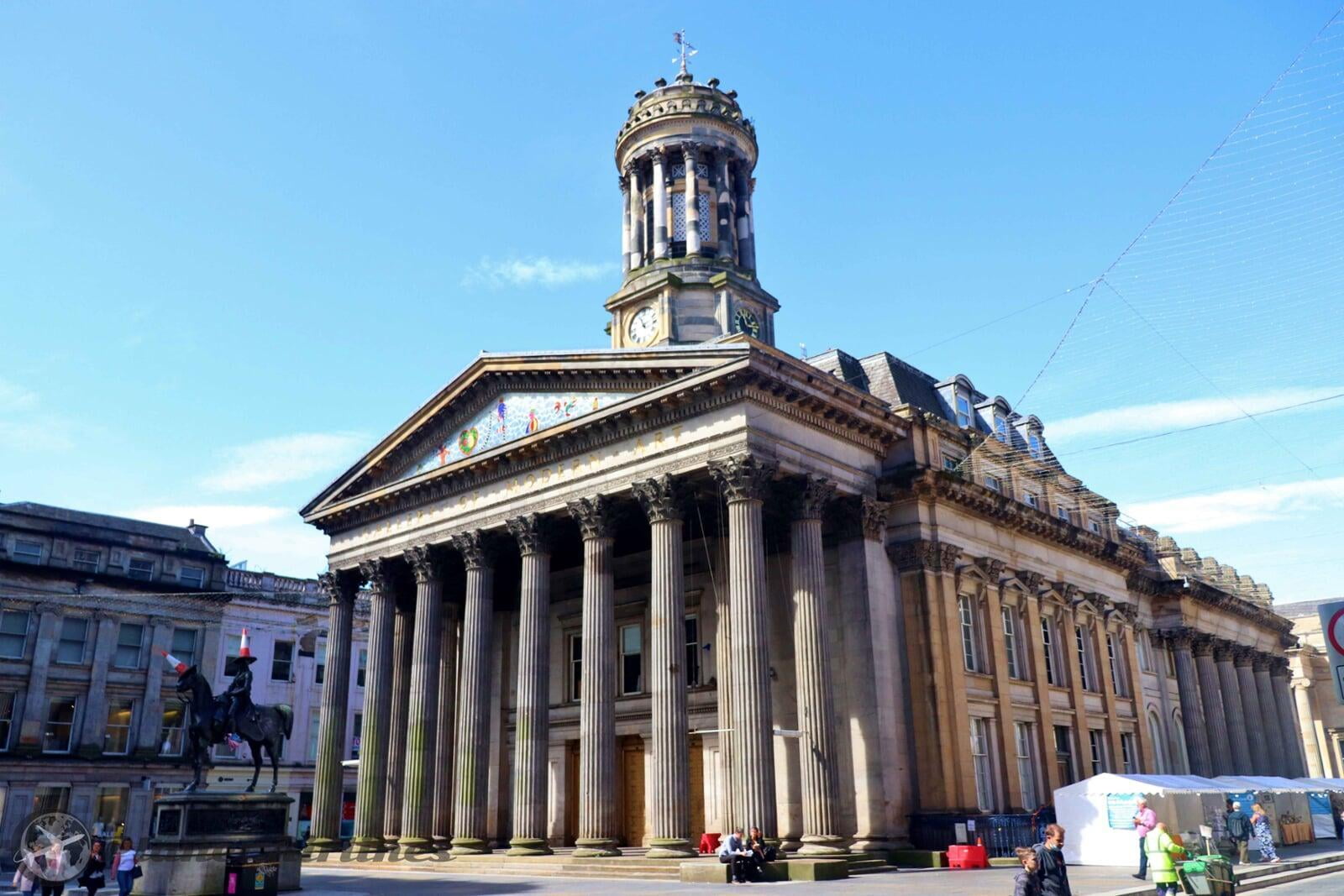
- Glasgow Botanic Gardens: The Gardens with the beautiful Kibble Palace are located in Glasgow’s West End and, after spending a day walking around the lively city, it is bliss to give rest to your senses here. Concerts, exhibitions, talks, guided tours and children’s activities run throughout the seasons.
To get to the gardens take bus 6/6A from the city centre.
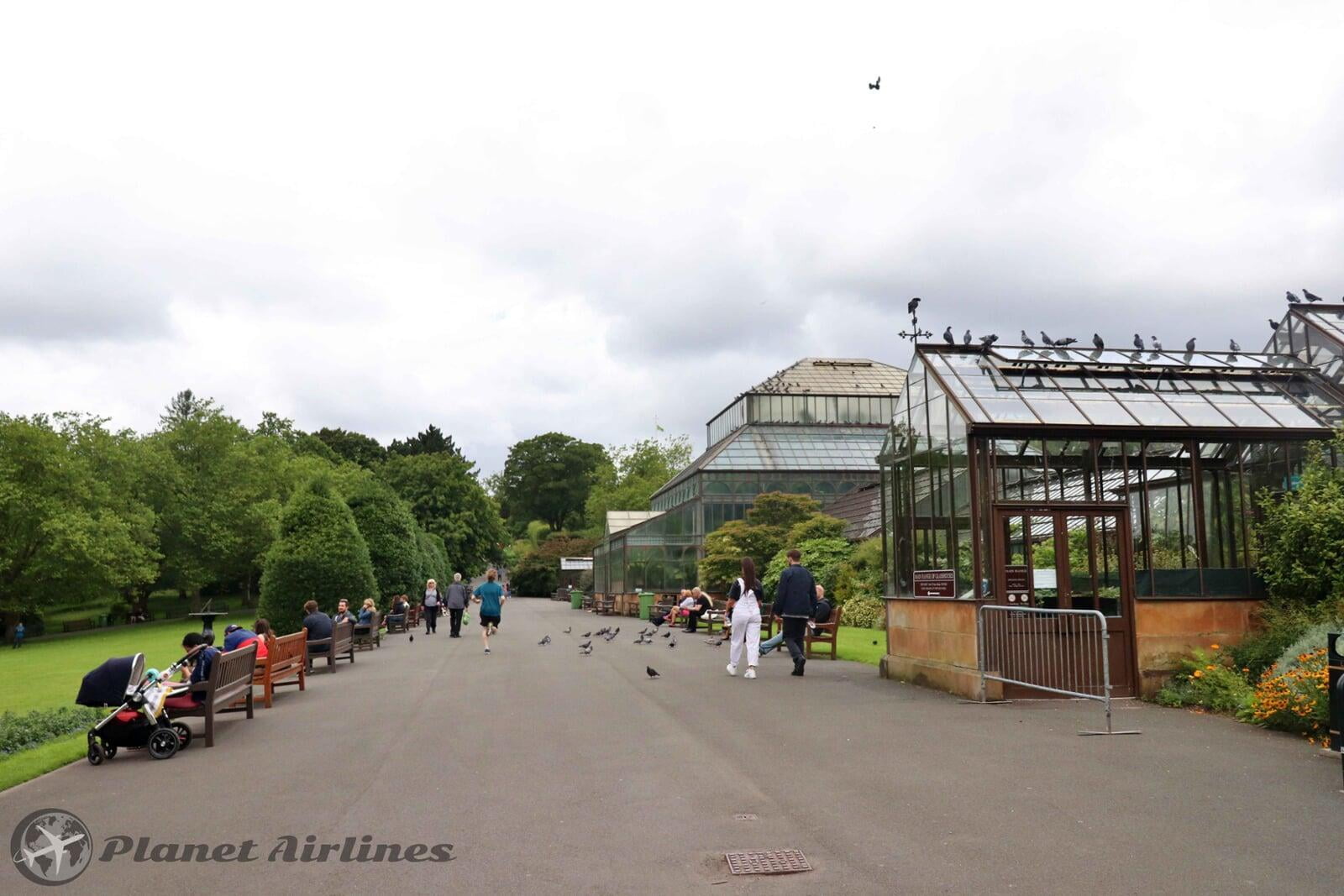
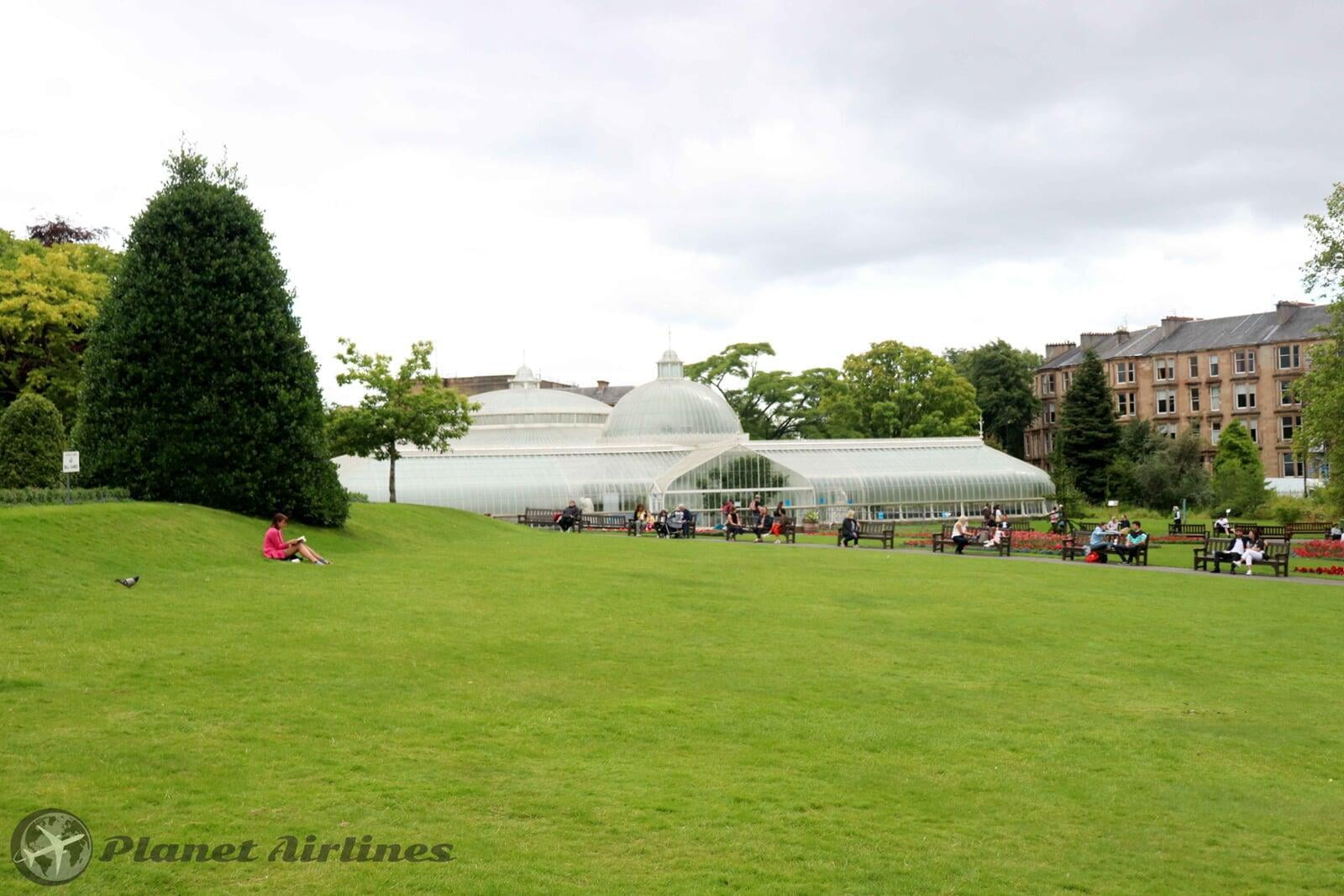
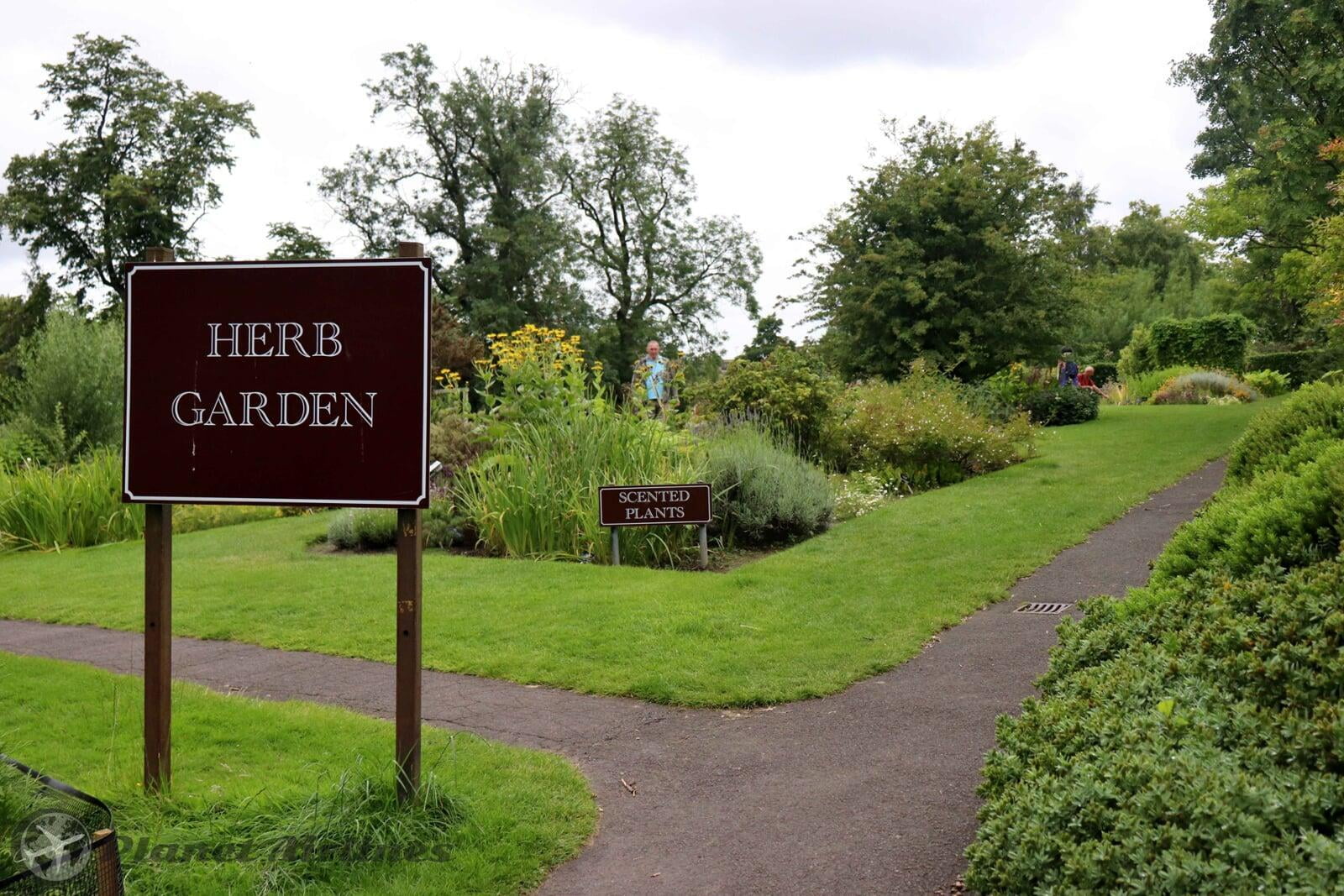
- Glasgow Science Centre: It's one of the city's premier tourist spots, a captivating attraction that will appeal to visitors of all ages. Located in Glasgow's Clyde Waterfront Regeneration area. The heart of the Centre is its Science Mall, which features hundreds of interactive exhibits spread over three floors. The Science Mall includes fun, hands-on experiences focused on how the body works, perception and illusion, powering the future and quantum technologies, to name a few. The Glasgow Science Centre is also home to an IMAX theatre and Scotland's leading planetarium. Put aside at least two hours to take it all in.
To get there, bus 23 and 26 take you close by from the city, or if not the X19.



- The Tall Ship at Riverside: Recently relocated from Yorkhill Quay to Pointhouse Place, the Tall Ship is the affectionate name for the three-masted Glenlee, a famous ship that was originally built at Port Glasgow during the end of the 19th century. Visitors will discover many interesting exhibitions about the Glenlee and its restoration at the adjacent Riverside Museum. The refurbished Captain's cabin is a definite highlight, as is the onboard play area for younger visitors and the audio guides are a good extra to understand the history behind the ship. Entry is FREE! To get you can walk from the Science Centre or take bus 6/6A to Dowanhill Street.📍



- People's Palace and Glasgow Green Park: The People’s Palace is set in historic Glasgow Green (park) and tells the story of Glasgow and its people from 1750 to the present day. The city’s social history can be explored through a wealth of historic artifacts, paintings, prints and photographs, film and interactive computer displays. The exhibits give a wonderful insight into how Glaswegians lived, worked and played in years gone by. Outside the Winter Gardens, the restored Doulton Fountain stands pride of place on Glasgow Green, the oldest public space in Glasgow. Take bus 18 to get there.



Fort William, is the largest town in the Highlands and situated at the southern end of the Great Glen, lies in the shadow of Ben Nevis, Britain's highest mountain. This area is a fine location to use as a base to discover the West Highlands. It's also the destination you must reach if you want to take the famous Jacobite Steam Tour train. (see below)
This trip is highly recommended to make from Glasgow, (or from Inverness), the Jacobite Steam Tour/ Trip, is described as the greatest railway journey in the world, this 84 mile round trip takes you past a list of impressive extremes. Starting near the highest mountain in Britain, Ben Nevis, it visits Britain's most westerly mainland railway station, Arisaig; passes close by the deepest freshwater loch in Britain, Loch Morar and the shortest river in Britain, River Morar, finally arriving next to the deepest seawater loch in Europe, Loch Nevis!
The train stops en route to Mallaig at the village of Glenfinnan. Beyond Glenfinnan are the beautiful villages of Lochailort, Arisaig, Morar and Mallaig. You may alight at Arisaig by request to the guard. From here, on a clear summer's day, you can see the "Small Isles" of Rum, Eigg, Muck, Canna and the southern tip of Skye. The train continues on from here passing Morar and the silvery beaches used in the films "Highlander" and "Local Hero". The highlight is also to travel along the scenes that appear in the Harry Potter movies when crossing the bridge.
Getting to Fort Williams from Glasgow, is known, as the West Highland Line, this train journey, carries you through the breathtaking western wilderness of Scotland. Admire the highlands, lakes, national parks and some of the smallest stations in the network. The trips start from Glasgow Queen Street Railway Station.
For more information and to check timetables check: West Highland Line or Jacobite steam train
✔️Tip: If you only want to take the steam train journey, then you can get to Fort William from other places in Scotland. Bus 919 from Inverness is one option, taking 2 hours. The train from Glasgow to Fort William takes 3 hours 45 minutes. Or you can take bus 914 from Glasgow to Fort William.
Fort William Photos ▼
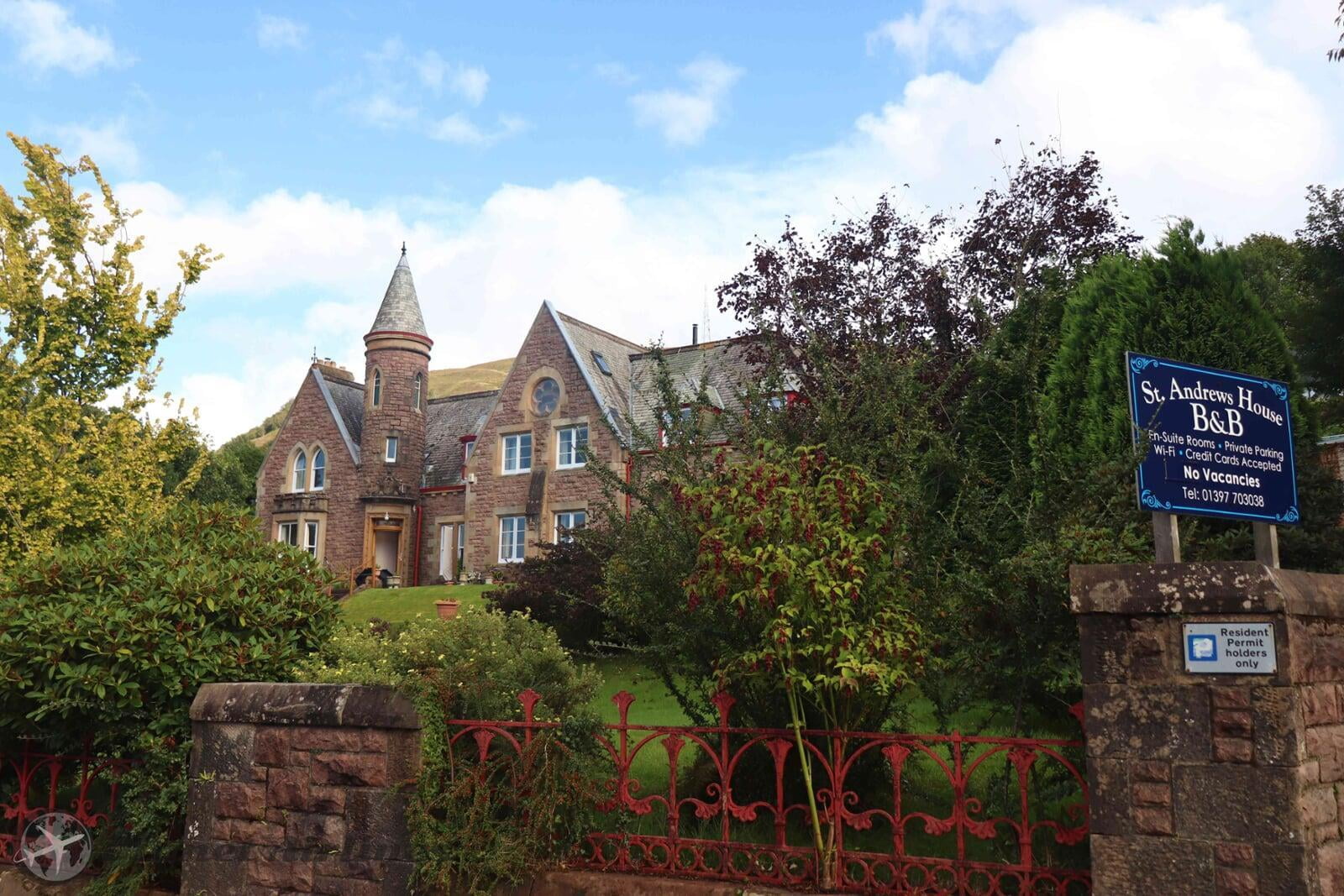
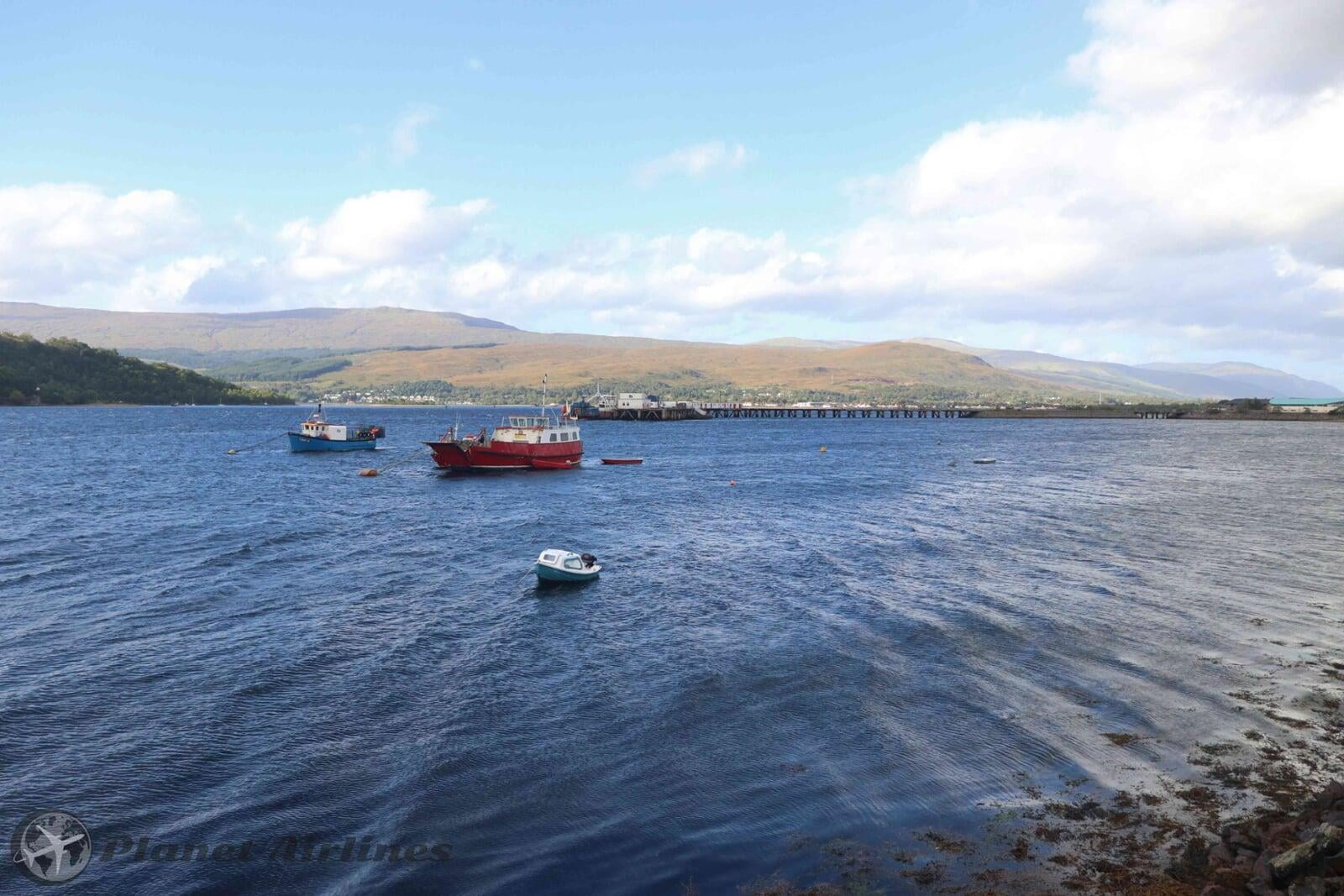




Jacobite Steam Tour Photos ▼
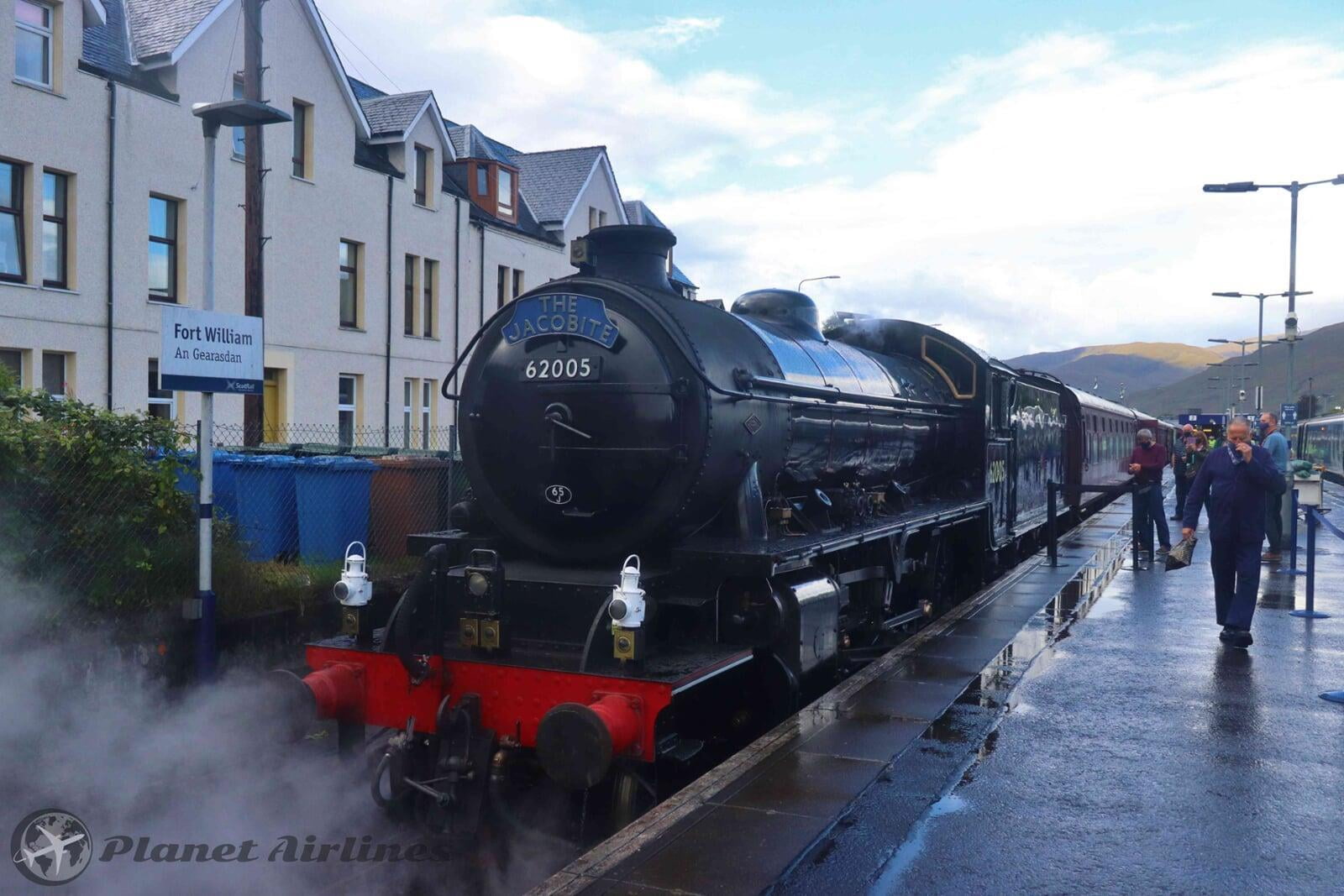


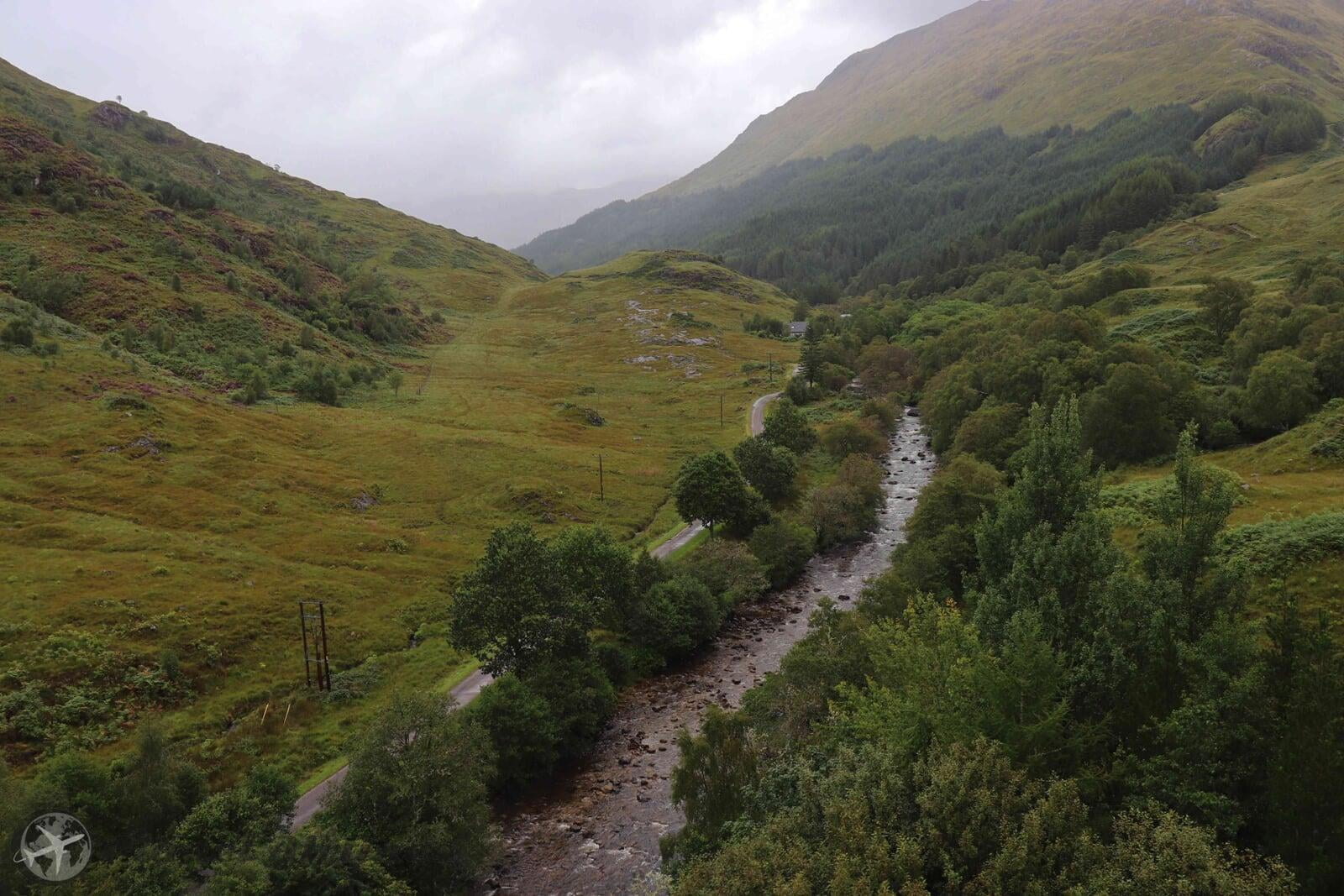

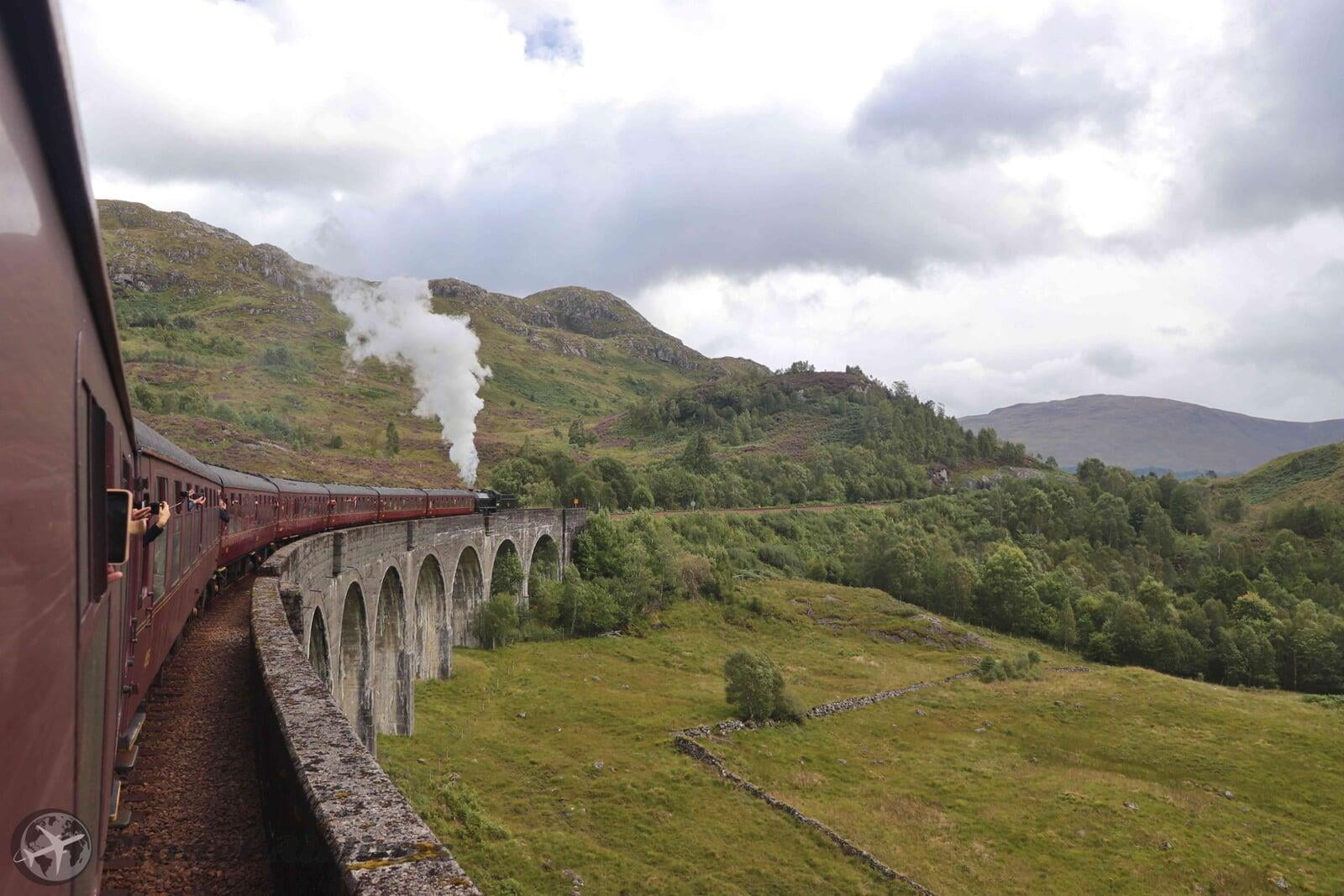
Mallaig Photos ▼


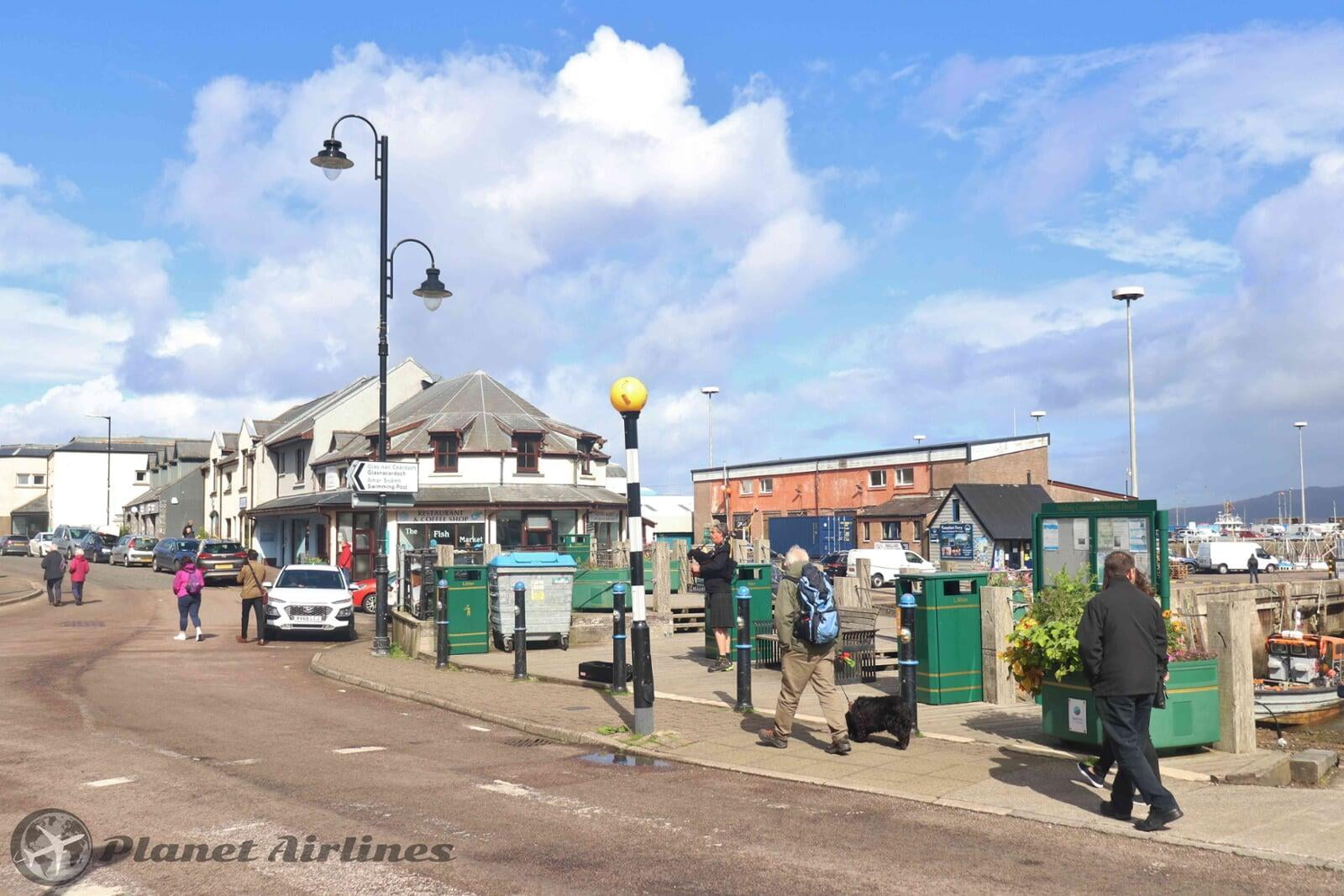
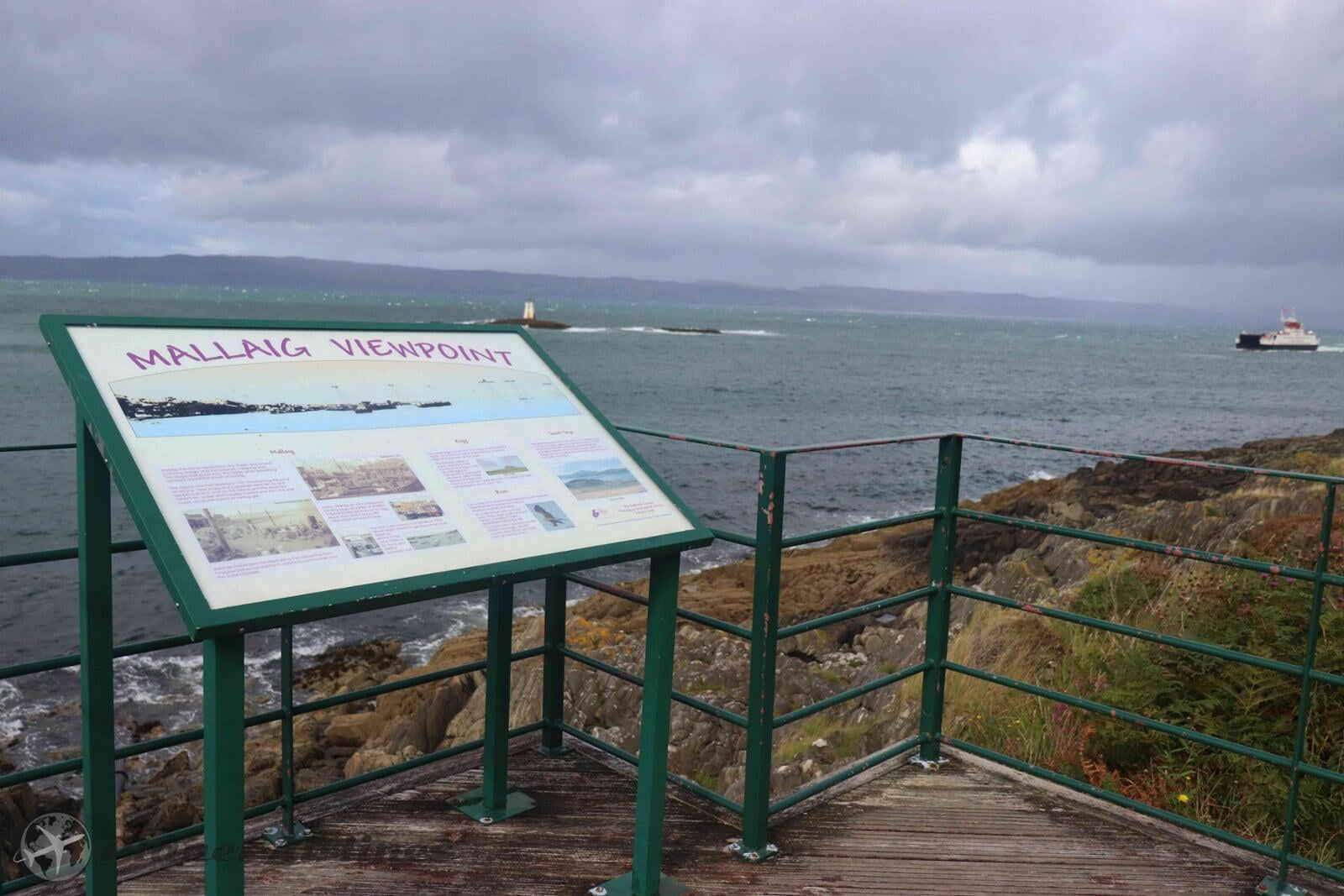
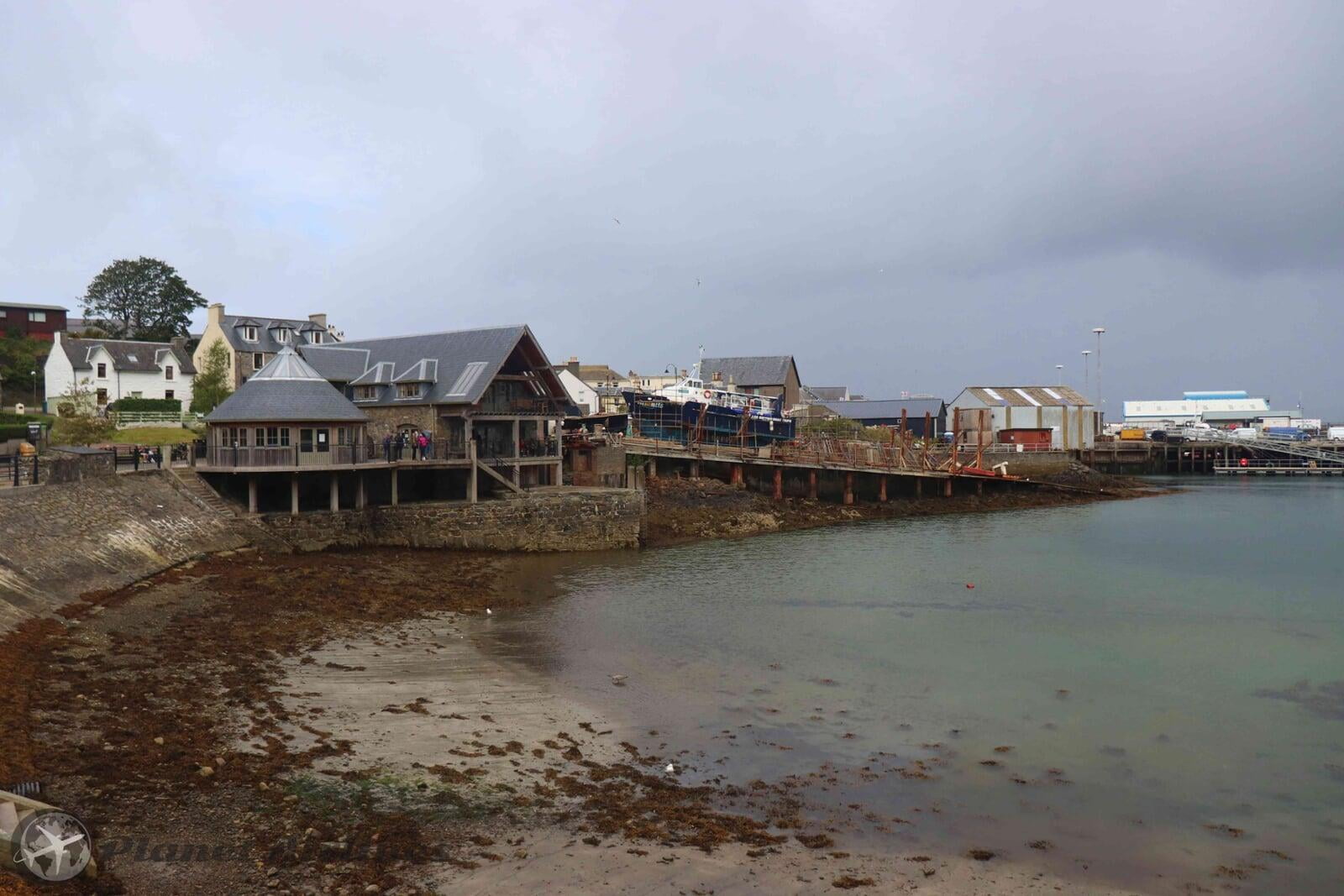
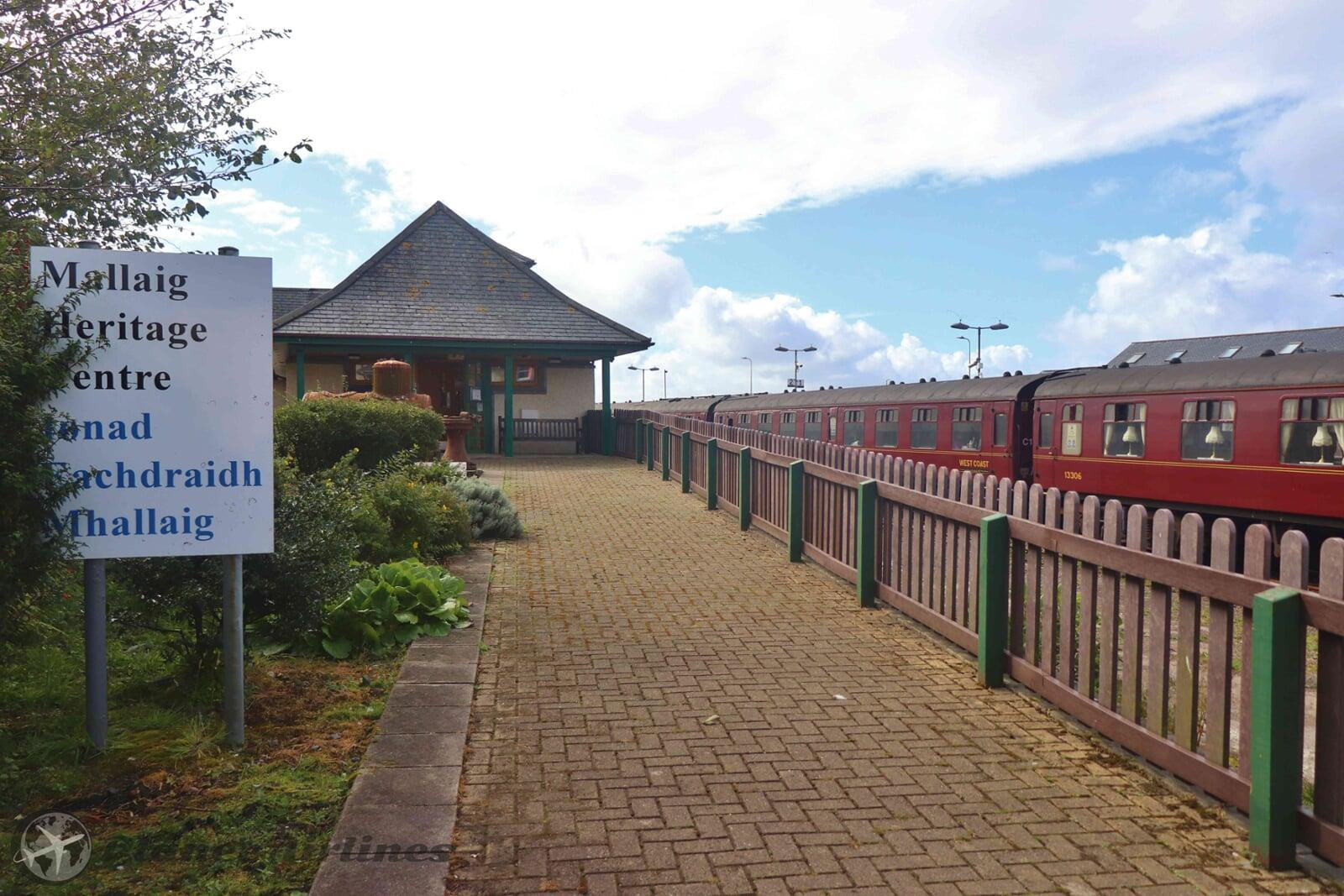

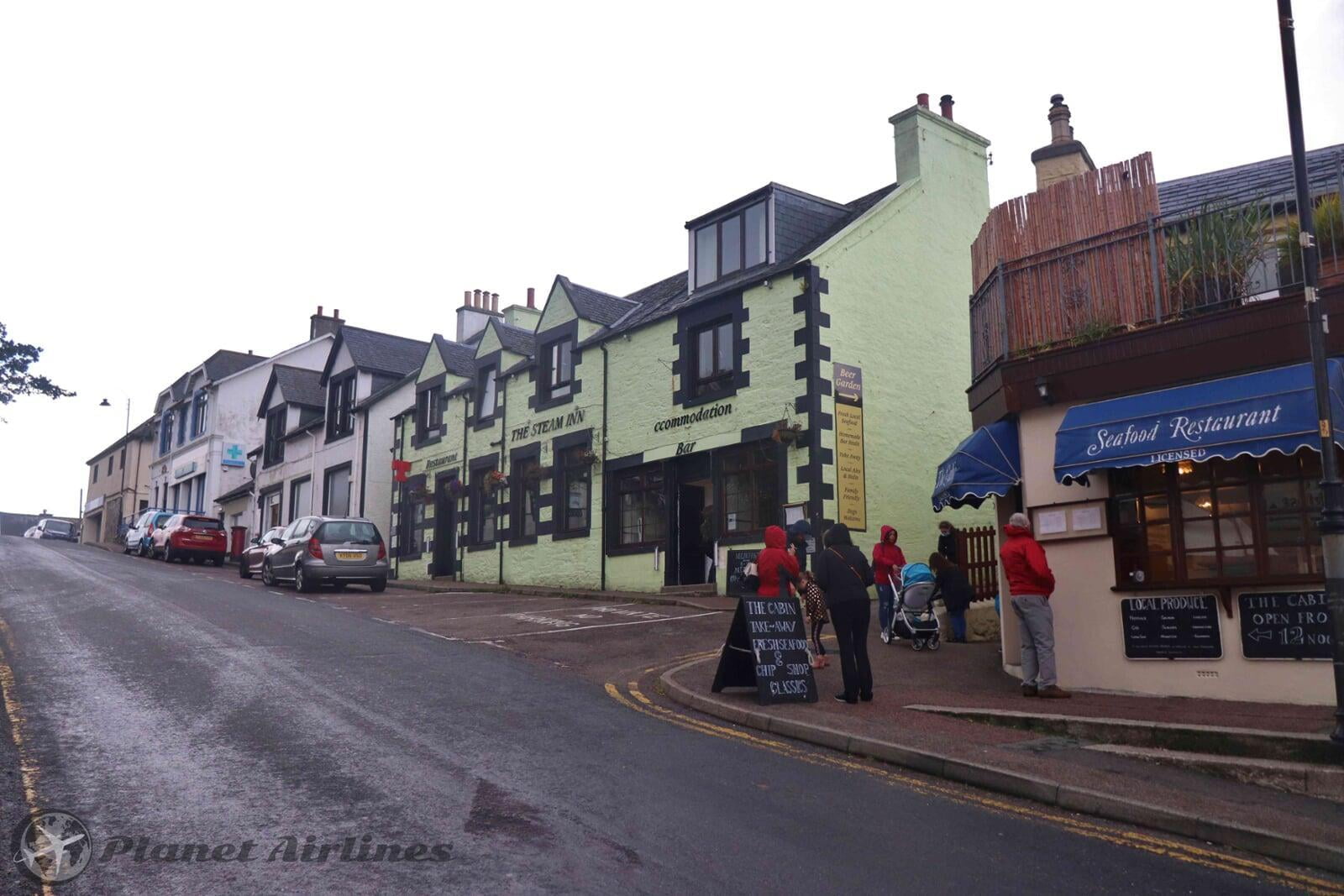

One of Glasgow's main draws is its vibrant music scene. Nightlife in the city can be anything you want it to be, from elegant drinks at high-class establishments of Sauchiehall Street to sticky floors of grungy underground clubs in the West End or the Merchant City. Many venues host regular live music sessions and DJ shows.
The Shopping scene in Glasgow has grown a lot in recent years, nearly matching that to London, in terms of most retail space in the UK, and attracts dedicated shoppers from all over the country.
The heart of the Glasgow shopping districts is the 'Golden Z', which zigzags through the city centre along the pedestrian malls of Argyle, Buchanan and Sauchiehall streets. Here you'll find all the major European brand names. The Argyle Arcade has a large concentration of jewellery shops, and Princes Square is a stylish centre set in a renovated Victorian building.
Bath Street and Hope Street are home to a number of independent shops and boutiques where you can find a unique Glasgow souvenir or gift. De Courcy's Arcade has a fun variety of book and music stores, and a few quirky independent gift shops. Popular Glasgow souvenirs include wool knits like cashmere sweaters, mittens and scarves and local food like smoked salmon and shortbread cookies.
There are also city centre markets that are well worth a visit, including the Barras in the East End. But be wary of counterfeit goods, as the market is popular for knock-offs and pirated goods.
There are a few popular shopping malls in Glasgow, mostly on the periphery of the city. They can be found in Braehead, Silverburn and Glasgow Fort.

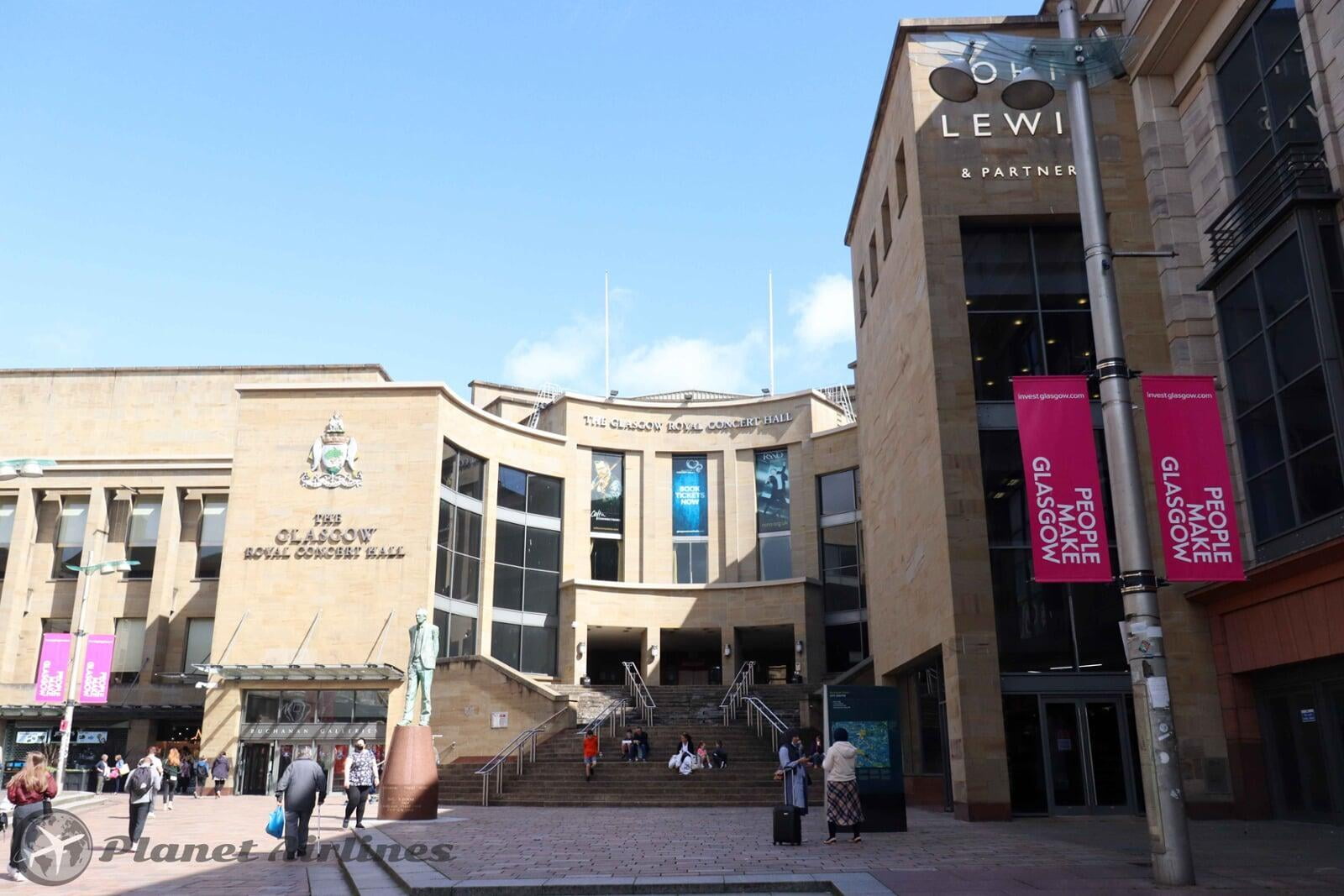

Glasgow is a busy and popular tourist destination, but if you are planning to visit this city in July or August, it is very likely that you will have great difficulty finding decent accommodation. So it's advised to book early to get the best deals, even out of the Summer season also.
There is some very affordable accommodation spread around the city, from Hostels to self-catering flats and B&B lodging. Small guest houses and hostels offering private rooms can cost around £20-30 per night. Mid-range accommodation is plentiful around Glasgow city centre, with both guest houses and hotels being found along roads such as Bath Street, Blackfriars Street, Hope Street, McPhater Street and Renfrew Street. Hotels average around £40 per night, being more expensive in the city centre.
Visitors who favour popular chains will find plenty of hotels to choose between in the city. Reliable choices include the Best Western on Elmbank Street, the Express by Holiday Inn Riverside on Stockwell Street, the Millennium Hotel on George Square, the Ramada on Ingram Street, or the Thistle Hotel on Cambridge Street. For luxury accommodation in Glasgow, consider staying at either the five-star Hilton on William Street, or at the Radisson Blu on Argyle Street.
Glasgow is a comfortable city to see within a weekend, as there is easy public transport to take you to the main sights of interest. However, because of the amount of cultural places to visit and the free entrance to most places and museums, it's easy to consume a lot of time just wondering around admiring the art works, which in fact are displayed all over the city, as mentioned, with lots of street art.
Also, visitors might want to consider staying in Glasgow also as a transit stop when visiting other highlands in Scotland.
2-4 nights would be enough for Glasgow to cover the highlights.
Glasgow Photo Slide 📷


























.png)